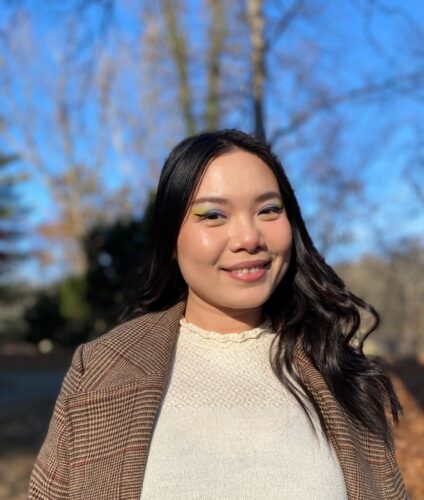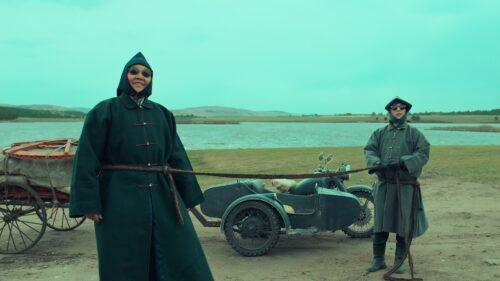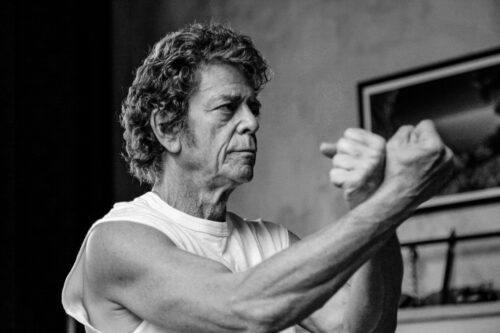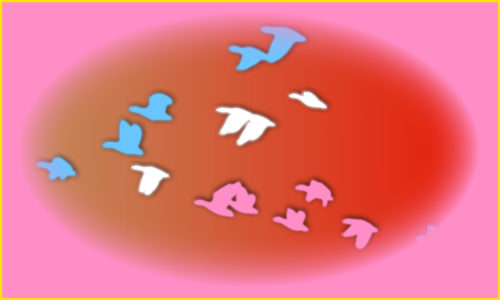China’s Olympic hockey aspirations: Q-and-A with Shirley Hon of the Kunlun Red Star franchise
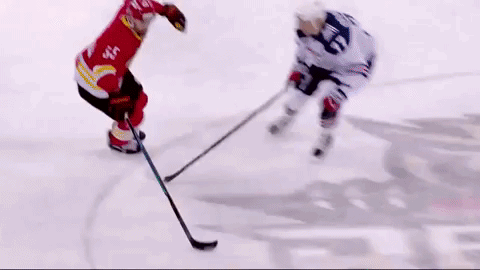
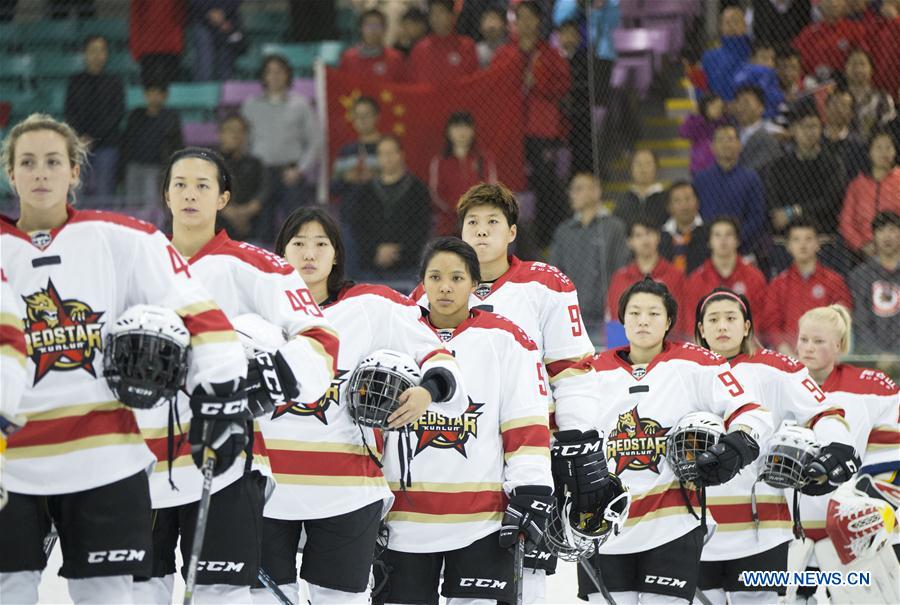
The Kunlun group made an ambitious entry into professional ice hockey in China in 2016 with the launch of a men’s team, Kunlun Red Star, that successfully made the playoffs in Russia’s Kontinental Hockey League (KHL) in its debut year. The group then launched not one, but two professional women’s teams, which joined the Canadian Women’s Hockey League (CWHL) in North America — despite being based out of Shenzhen — with the Chinese investment in the CWHL enabling the league to pay its players for the very first time.
The two CWHL teams — Kunlun Red Star (KRS) and the Vanke Rays — each have a number of “hockey ambassadors,” or foreign pros, who play on the team, while also helping to coach the core of Chinese players on the roster. KRS has qualified for the Clarkson Cup playoffs, finishing second in the league by just two spots, while a late-season falter saw the Rays just miss out on the fourth and final postseason berth. But Kunlun’s commitment hasn’t stopped there: it also runs a team in the Supreme Hockey League (VHL) — Russian hockey’s second tier — as well as several youth sides, while also playing a central role in China’s two Olympic squads.
In advance of our March 15 event at the Bookworm Festival in Beijing — I’m hosting a panel discussion about the forthcoming 2022 Beijing Winter Olympics and sports development in China, where we’ll dig into exactly what Kunlun’s money means both for hockey here and globally — I spoke to Shirley Hon, formerly the first general manager in Vanke Rays history and now Director of International Affairs for the whole Kunlun Red Star group.
The China Project: What’s your current role with the franchise?
SH: I was the GM of the Vanke Rays for the first two months of the season, but I’m now back here at head office running other international projects. In addition to serving the KHL team, we have clubs visiting from Europe, North America, and elsewhere who want to work with KRS here in China. Then we have other projects with the NCAA and various universities in North America, we work with our advisors, like [Phil] Esposito and [Wayne] Gretzky, as well as some other projects we haven’t announced yet.
That would be Hall of Famer Phil Esposito and Wayne Gretzky, who’s scored more points than any other player in the game?
Yes, Gretzky is on our board as one of our senior advisors, so we have all the best professionals and experts helping to develop Chinese hockey!
Let’s go back to the draft when you were still in your GM role. How did you look to assemble your squad?
The players were all very much the coaches’ calls. We leave all the player decisions to the professionals, and the decisions on hiring team staff were mainly made by [KRS Head Coach] Digit Murphy and [Vanke Rays Head Coach] Rob Morgan. They decided who they wanted to work with and who to recruit, and because most of their recruits came from North America, we trusted them to recruit the best.
And what’s the situation down in Shenzhen today?
The two Shenzhen teams operate independently, but they are still part of the group, though they are now running on their own without too much support from headquarters. The two head coaches are running their respective teams.
Mr. Zhou Song is now GM for Vanke Rays, though he’s mainly focused on organizing games and tournaments. In the offseason, we will hold a youth tournament in Shenzhen. Our international players will still be here. They’re in China as “hockey ambassadors,” so they’ll go into schools and even into shopping malls to promote hockey culture in Shenzhen.
The teams might operate independently, but what are the synergies that the group can capitalize on?
I’ll give you an example. In December, there were supposed to be two games between KRS and the Rays. But there was a problem with the venue, because it had been booked to stage a Jackie Chan concert for several months, so we had to look for other venues. In the end, we took the two teams up to Harbin [in the far northeast of China]. Most of the Chinese players are from Harbin, so it was like a grand homecoming for them and they got a lot of support. It’s also our home venue for the group’s VHL team. In addition, the teams also share in non-playing areas, such as training and nutrition plans or marketing resources.
What were the expectations at the start of the CWHL season?
The expectation is always to win and the target is to win the [Clarkson] Cup, of course! The KRS men’s team made the KHL playoffs in their first season and now we have made the playoffs in our first CWHL season, so if we can win the Cup it would be a huge boost to the whole KRS group.
The vast majority of the offense for both teams has been provided by the foreign players. Is that a concern?
No, it’s not a concern. They’ve done really well. The whole purpose of having two teams in the CWHL is to make the Chinese players better, and we can see clear progress. The Chinese players have really improved a lot. They’ve had a taste of success, and that has helped to build up their confidence.
Looking further ahead, there are also a couple of Chinese American or Chinese Canadian players who are considering playing for Team China at the Winter Olympics in 2022. Logistically, we’re still working that out, but it’s a possibility.
What is the main priority for the group? Do the men or the women take precedence? Or is it all about 2022?
There’s no single goal. There are always multiple goals that we’re trying to achieve. No one team is more important than the others. They are all equal. We are the only club to have an agreement with the Chinese sports bureau to build several hockey teams at the same time. We need winning teams and we need to market our teams well in China. But we have to develop and improve the Chinese players, so there are multiple goals to balance.
Yes we’re building towards 2022, but we’re looking beyond that, too. The Olympics offer a window of opportunity for China to build up winter sports, but it’s not the end point, that’s for sure.
There’s been a lot of talk about a “Beijing miracle” — how realistic is it to win a medal in four years’ time?
We are all aiming for that. The goal for the men’s team is to make it to the final eight teams, while the women’s team is aiming for the gold medal!
